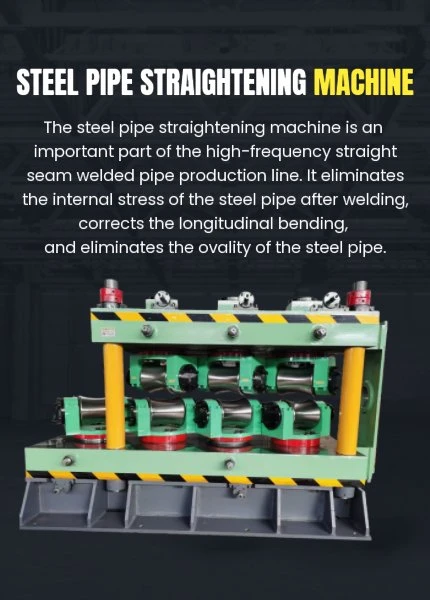plastic injection molders
The Advantages and Innovations of Plastic Injection Molders
Plastic injection molding is one of the most widely used manufacturing processes in the production of plastic parts and components. This technique is known for its efficiency, precision, and versatility, allowing manufacturers to create complex shapes and designs with minimal waste. In this article, we will explore the advantages of plastic injection molding, the technology behind it, and the various advancements that have emerged in recent years.
Understanding Plastic Injection Molding
The plastic injection molding process involves melting plastic pellets and injecting the molten material into a mold under high pressure. Once the material cools and solidifies, the mold is opened, and the finished product is ejected. This process can be used to produce items ranging from small, intricate parts to large components, making it a go-to method for various industries, including automotive, consumer goods, and medical devices.
Advantages of Plastic Injection Molding
1. High Efficiency and Speed One of the primary advantages of plastic injection molding is its ability to produce large quantities of parts quickly. The cycle time for each mold can be as short as a few seconds, depending on the complexity of the design, which allows for high-volume production.
2. Cost-Effectiveness While the initial cost of creating a mold can be high, the overall cost per unit decreases with mass production. This makes plastic injection molding an economically viable option for manufacturing large quantities of the same part.
3. Precision and Consistency Injection molding provides high levels of accuracy and consistency. The process is highly automated, leading to minimal human error and ensuring that each part produced meets the exact specifications required.
4. Material Versatility A wide variety of thermoplastics and thermosetting plastics can be used in injection molding, allowing manufacturers to choose materials based on factors like strength, flexibility, and cost. This versatility opens the door to numerous applications across different industries.
5. Complex Geometries Plastic injection molding offers the ability to create complex shapes and intricate designs that would be difficult or impossible to achieve through other manufacturing methods. This feature is particularly beneficial in industries where design innovation is crucial.
plastic injection molders

Recent Innovations in Plastic Injection Molding
As technology evolves, so does the field of plastic injection molding. Recent innovations have improved the process and expanded its capabilities
1. Advanced Materials The development of new materials, including bio-based and recycled plastics, allows manufacturers to produce environmentally friendly products. Innovations in material science enable enhanced performance characteristics, such as increased strength, heat resistance, and durability.
2. 3D Printing Integration 3D printing technologies are now being integrated into the injection molding process for rapid prototyping. This allows companies to create and test molds quickly, significantly reducing lead times and costs associated with traditional design methods.
3. Automation and Smart Technologies The rise of Industry 4.0 has led to increased automation within injection molding facilities. Smart machinery equipped with sensors and IoT capabilities can monitor processes in real time, collecting data to optimize production and minimize errors. This technology has the potential to increase efficiency and reduce downtime.
4. Sustainable Practices With a growing emphasis on sustainability, manufacturers are now focusing on minimizing waste and energy consumption during the injection molding process. Implementing practices such as using recycled materials and optimizing energy use contributes to a more sustainable manufacturing approach, which is increasingly important to consumers and regulatory bodies alike.
5. Multiple-Material Molding Advances in molding technology now enable the production of parts made from several materials in a single injection process. This technique allows for the combination of different properties in one component, such as soft-touch areas and rigid structures, enhancing the functionality and aesthetics of products.
Conclusion
Plastic injection molding remains a cornerstone of modern manufacturing, offering unmatched efficiency, flexibility, and precision. As technology continues to advance and new materials emerge, the capabilities of injection molding will only grow. With a focus on sustainability and innovation, manufacturers are well-positioned to meet the evolving demands of consumers while maintaining high standards of production quality. The future of plastic injection molding promises exciting developments that will further enhance its role in manufacturing across a wide range of industries.
-
High Frequency Straight Seam Welded Pipe Production Line-BzZhou Xinghua Machinery Equipment Manufacturing Co., LTD.|Precision Welding, High EfficiencyNewsJul.30,2025
-
High Frequency Straight Seam Welded Pipe Production Line|BzZhou Xinghua|Precision Welding&EfficiencyNewsJul.30,2025
-
High Frequency Straight Seam Welded Pipe Production Line - BzZhou Xinghua|Precision Engineering&EfficiencyNewsJul.30,2025
-
High-Frequency Straight Seam Welded Pipe Production Line-BzZhou Xinghua Machinery Equipment Manufacturing Co., LTD.NewsJul.30,2025
-
High-Frequency Straight Seam Welded Pipe Production Line-BzZhou Xinghua Machinery Equipment Manufacturing Co., LTD.|Precision Manufacturing, High EfficiencyNewsJul.30,2025
-
High Frequency Straight Seam Welded Pipe Production Line-BzZhou Xinghua Machinery Equipment Manufacturing Co., LTD.|Precision Steel Pipe Manufacturing&Industrial EfficiencyNewsJul.29,2025


